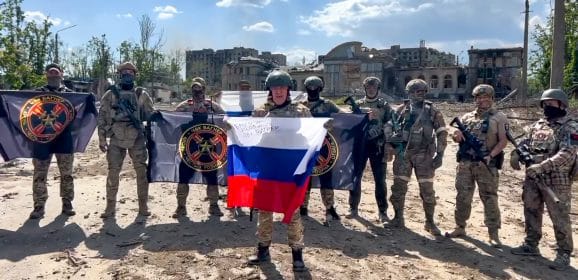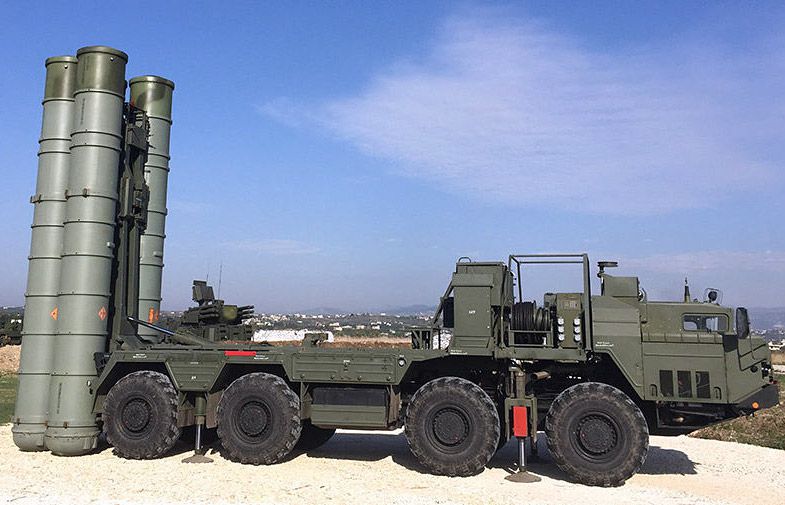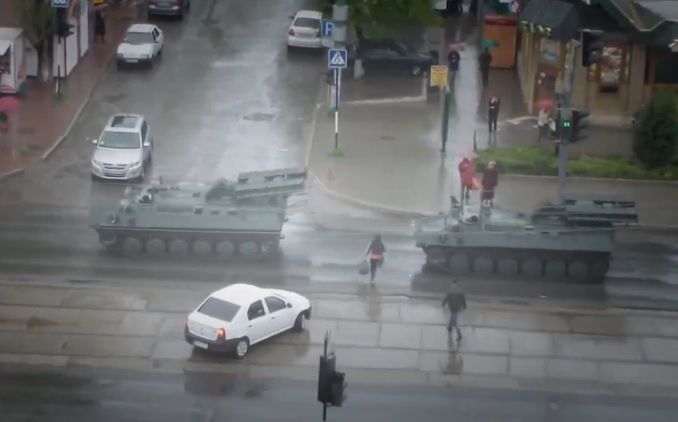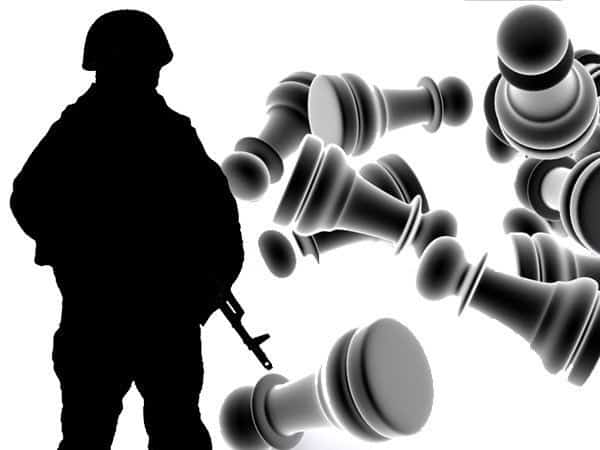How Russia prepared to seize Ukraine’s nuclear energy. Part 1: Derkach’s Twelve
Tuesday, January 21, 2025 - 11:10 (EET)
In the spring of 2020, a new team (consisting of Galushchenko, Kotin, Hartmut, and Boyaryntsev) was appointed at the National Nuclear Energy Generating Company Energoatom, which is associated with the controversial former deputy Andrii Derkach. A year ago, the frontman of this team, German Galushchenko, was promoted and appointed as the Minister of Energy of Ukraine. Throughout this time, the work of Ukraine’s nuclear industry complex has been accompanied by constant scandals: sabotage of the construction of a spent nuclear fuel storage facility, manipulations in the electricity market, multimillion losses confirmed by auditors, the actual bankruptcy of the Eastern Mining and Processing Plant company, scandals related to the procurement of parts from Russia, and so on. Is it betrayal or mere coincidence? Ukraine’s nuclear energy sector has historically been formed as part of the union’s nuclear-industrial complex and has numerous economic, technological, and professional ties to the State Corporation Rosatom as the legal successor of the USSR Ministry of Medium Machine-Building Industry. However, with the collapse of the Soviet Union, Ukraine’s domestic nuclear sector not only became a coveted piece and market for sales but also a competitor in the global markets. That is why Russia, throughout the entire period of Ukrainian independence, has used all levers of influence to prevent Ukraine from getting rid of dependence in this field. Back in 2006, after the political “pirouette” of Oleksandr Moroz and the formation of a new government led by Viktor Yanukovych, a young and promising leader, a graduate of the Higher School of the KGB, Andrii Derkach, was appointed as the president of the National Nuclear Energy Generating Company Energoatom, representing the quota of the Socialist Party of Ukraine. Afterwards, the years 2006-2007 were very fruitful in terms of cooperation between the National Nuclear Energy Generating Company Energoatom and the Federal Atomic Energy Agency of the Russian Federation (later reorganized into the State Corporation Rosatom). An important element of this cooperation was the signing of a long-term contract with Fuel Company TVEL (a subsidiary of the State Corporation Rosatom), based on the “Methodology for Forming Prices for Fresh Nuclear Fuel” for Ukrainian NPPs. This allowed for the calculation of the cost “in accordance with the available trends in the world market of services and materials of the nuclear fuel cycle.” Additionally, cooperation was established between the Russian Atomenergoprom and...
Read more







